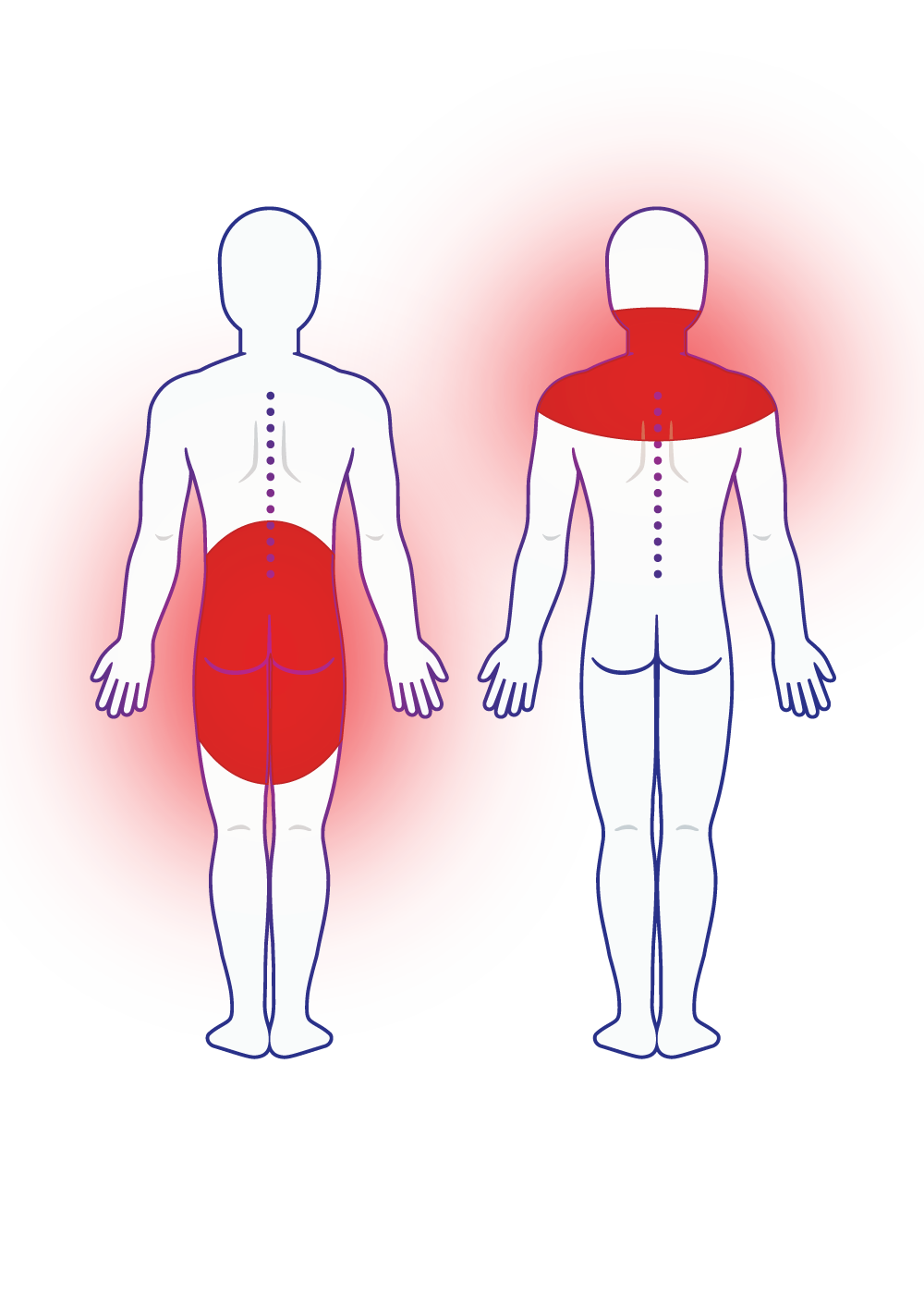
Overview
Neuropathic pain is pain from nerve origin. It usually follows an injury to the nerve either peripherally or in the spine. Sometimes nerve endings can get injured during surgery or are damaged by diseases such as diabetes. Sometimes neuropathic pain follows a chronic structural injury. Sometimes neuropathic pain follows a minor injury with no structural explanation.
Neuropathic pain is due to changes in the electrical conduction of the nerve, or changes in the chemical mediators that are involved in electrical conduction. The end result is that the nerve becomes more sensitive and never switches off i.e., it buzzes all the time. Non-painful stimuli now cause a painful response, and that pain can become more widespread.
Symptoms
The classic symptoms for neuropathic pain are widespread pain, beyond the initial injury. Pain is often constant and can be exacerbated with stressful situations.
Patients classically describe the pain as burning, at times tingling and stabbing.
Diagnosis
Neuropathic pain is a clinical diagnosis based on the history and signs during examination. Special investigations like MRI’s can be helpful to look for underlying structural pathology that may be contributing to neuropathic pain.
Treatment
At times neuropathic pain can feel overwhelming. It is essential to have a multidisciplinary team around you to provide physical, psychological, and pharmacological support.
Pharmacological treatments aim to reduce nerve sensitivity. Medications commonly used to treat neuropathic pain symptoms include neuroleptic medications like gabapentin and pregabalin, or tricyclic anti-depressants like amitriptyline. Some anti-depressants, like duloxetine, can have a mood and nerve stabilising effect. Ketamine – an old school anaesthetic drug, can help to reduce centrally mediated neuropathic pain symptoms.
Physical treatments aim to increase movement and to reduce fear with movement. At times your therapist will ask you to move even if it hurts. It is important to know that structural pathology will not worsen with gentle movements and that pain may reduce over time through mobilising the nerves and gradually improving overall strength and fitness. Soft tissue treatments over areas that are sensitive to touch help to reduce skin sensitivity and to retrain the brain to differentiate between painful and non-painful stimuli.
Interventions aim to reduce nerve sensitivity pain symptoms. Pulsed radiofrequency stimulations to the nerve centre of a specific nerve can help to reduce nerve sensitivity pain. Electric nerve stimulation (neuromodulation) with leads placed either centrally in the spine or peripherally in the trunk, pelvis or scalp has been shown to effectively manage neuropathic pain symptoms.